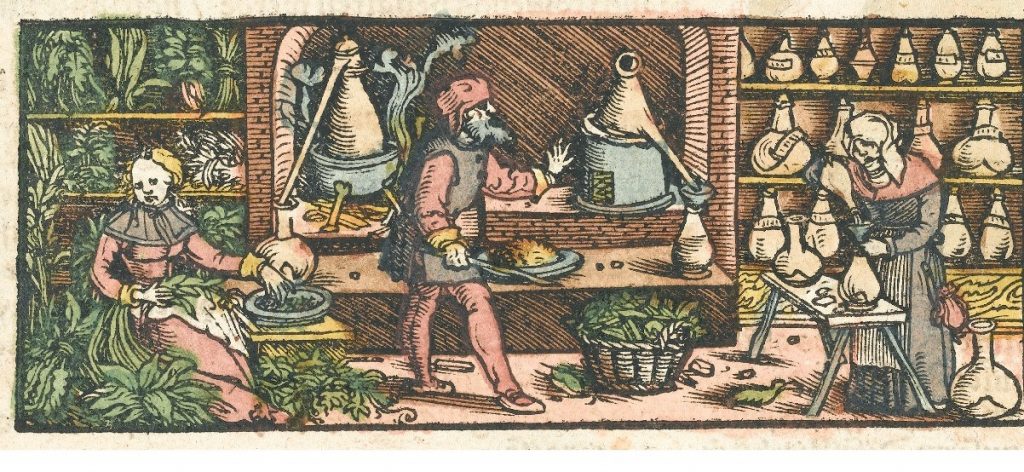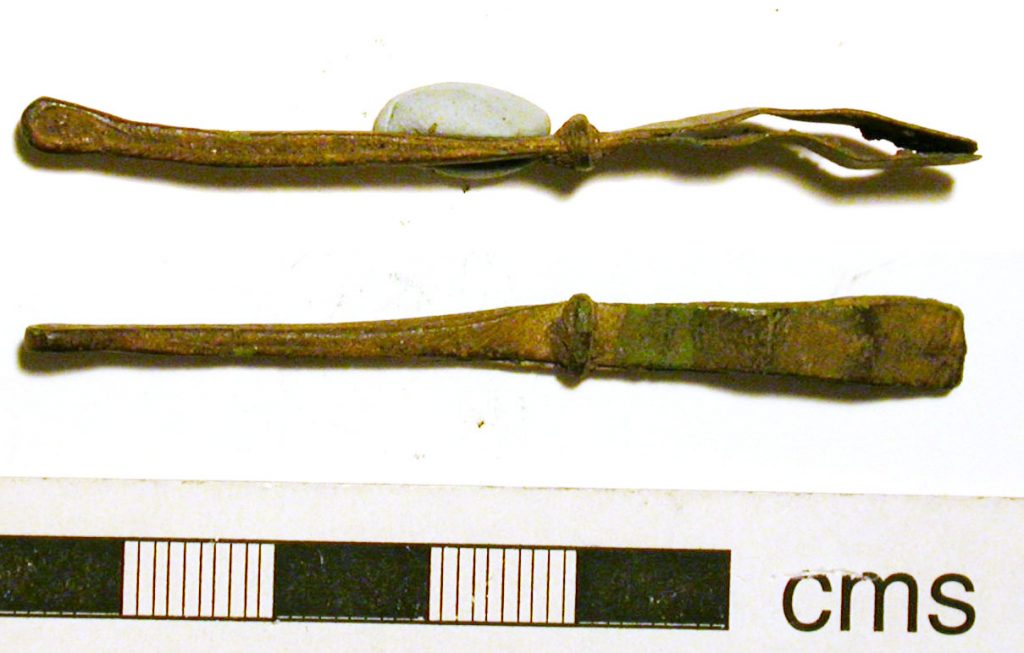Prayer and good food were long thought to be the main cures for sickness used by medieval monks, but a new book by Professor Roberta Gilchrist shows that they had more sophisticated medical treatments at their fingertips – from preventative hygiene to prosthetics.

The conventional view of medical historians is that curative treatment in medieval infirmaries was based primarily around prayer and a nourishing diet. But a new archaeological study reveals that more active therapeutic technologies were used in medieval monastic healing.
In her new open access book, Sacred Heritage: Monastic Archaeology, Identities, Beliefs, Reading Professor of Archaeology Roberta Gilchrist offers new insights to medieval monastic life, including archaeological evidence for healing, magic and memory practices.
The book moves between debates in contemporary heritage and the interpretation of medieval archaeology, to explore sacred heritage both today and in the medieval past.
One chapter is devoted to archaeological evidence for medieval therapeutic treatments. Skeletons excavated from the cemeteries of medieval monasteries and hospitals confirm that people practised preventative hygiene, used medical interventions such as surgery and bone-setting, provided prosthetics and specialist medicines, and extended social care for individuals with long-term disease and disability.
Early hygiene
Preventative health included care of the body through personal grooming and hygiene, represented through archaeological artefacts commonly found at monastic sites, such as toothpicks, tweezers and ear-scoops; while corrective measures included medieval spectacles, carved in bone or wood.
An elaborate pair of spectacles was excavated from St Mary Merton (Surrey), carved in the form of ecclesiastical tracery, in a style that would do justice to Dame Edna.

Primitive prosthetics
Prosthetics were provided for people with injuries or impeded mobility, occasionally found in medieval burials still adhering to the skeleton. For example, a female burial at the ‘leper’ hospital of St Mary Magdalene in Reading had a pair of copper alloy plates clamping her severely infected upper arm; the plates contained dock leaves, perhaps applied as a poultice to the infection.
An older male at Merton Priory was found buried with a belt in situ, worn low on his pelvis, and interpreted as a support for a scrotal hernia. The belt was made from iron and was bound to his body with woven textile and fixed with buckles – both hands of the skeleton were still clutching the strap!
Drug-making factories
The strongest indicator that therapeutic treatments were used, Roberta writes, is the monastic production of pharmaceuticals, demonstrated by extensive evidence for specialist glass and ceramic equipment for distillation, containing residues including mercury, lead, iron, arsenic and copper. Three separate distilling workshops were excavated by Museum of London Archaeology at the recently published site of St Mary Spital, London.
Drug jars have been excavated at several monasteries in Britain: specialist vessels (albarelli) were imported from the Mediterranean containing exotic drugs for the dispensary. Chemical analysis of a jar fragment from Glastonbury Abbey show that it originated from Tuscany.
The book also draws on research from the iconic site of Glastonbury Abbey, where Roberta has been conducting archaeological research for over a decade. She evaluates Glastonbury and other monastic landscapes as contested heritage sites which hold multiple meanings to different people today, as well as in medieval and modern times.
‘Sacred Heritage: Monastic Archaeology, Identities, Beliefs’ is an open access book published by Cambridge University Press: https://doi.org/10.1017/9781108678087
Learn more about Roberta’s major AHRC-funded research project on Glastonbury Abbey.
